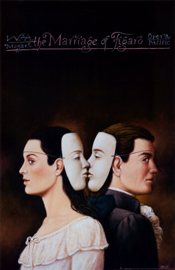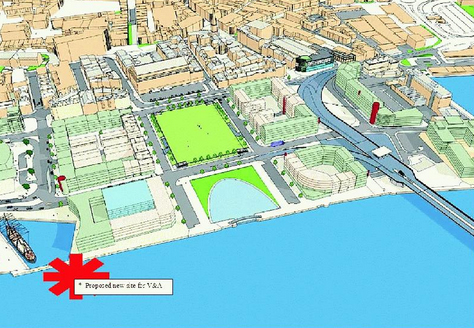Opera is probably my favourite among the performing arts. I like pretty much all performing arts, but opera has that something extra. What is it about opera then? Well in opera you can get just about everything. Orchestral music, singing, acting, weird and wonderful sets and costumes and with luck, as an added bonus some ballet. What more could anyone ask for?
But what makes for great opera? First up must be the music. It is after all the composer’s name that is most often associated with an opera. The appeal of the music is primarily the vocal writing. Just about anything the human voice can produce can be found in an opera - arias, duets, ensembles, chorus and more no doubt. Some famous operas survive primarily or even solely due to the magic of the music. The Pearl Fishers by Bizet springs to find. An opera best known for its wonderful all male duet - Au fond du temple saint.
However there has to be more than just the music. Otherwise we could just go to the concert hall. What makes opera different is that there is to a greater or lesser extent some dramatic content. Though the drama is vital to a great opera, it is still the quality of the music that makes the difference. While a poor drama with great music will survive in some form or another, good drama with crap music will not survive. Or if it does, it will survive as drama alone. What makes great opera so special is this almost perfect marriage between drama and music. Opera is, after all is said and done, a form of music theatre.
In working out which are my top ten favourite operas I find that all have their basis in the strength of the underlying story or drama. While great music is always worth hearing on its own, a great opera needs to be based on good theatre.
It is thus no surprise that two of my favourites are more or less straight adaptations of successful stage plays by Beaumarchais, while another two are based on plays by Shakespeare. Three others were intimate collaborations between playwright and composer. All my favourites make for compelling music theatre with wonderful music.
A little word about some operas not on my list, as they include some which I love dearly. First up of course, this is my top ten. For reasons of space, I decided to limit myself to ten operas. As with any such list the merits of operas just outwith these ten are only marginally less than those in the listed ten. Secondly I prefer operas that are not too long, however wonderful the music. This does work against Wagner in particular, though I have included Die Meistersinger, where the comic elements help propel the action on stage a bit more than in some of his other wonderful operas. Anyway here is the list of my very own favourite operas.
- Le Nozze di Figaro Wolfgang Mozart
- Carmen Georges Bizet
- Falstaff Giuseppe Verdi
- Otello Giuseppe Verdi
- Die Zauberflöte Wolfgang Mozart
- Des Contes d’Hoffmann Jacques Offenbach
- Il Barbiere di Siviglia Gioachino Rossini
- Die Meistersinger Richard Wagner
- Der Rosenkavalier Richard Strauss
- Turandot Giacomo Puccini























